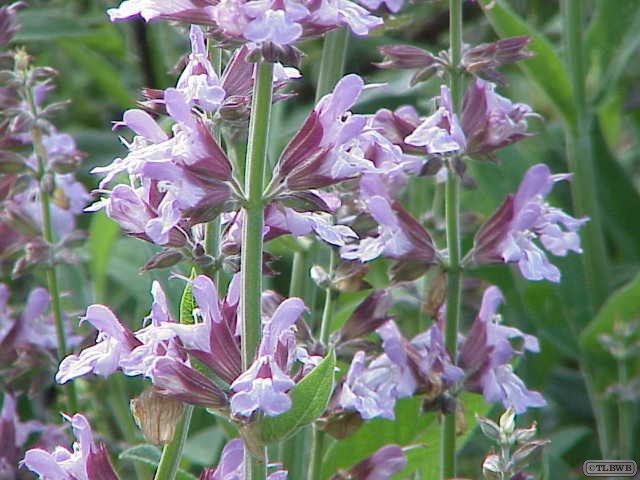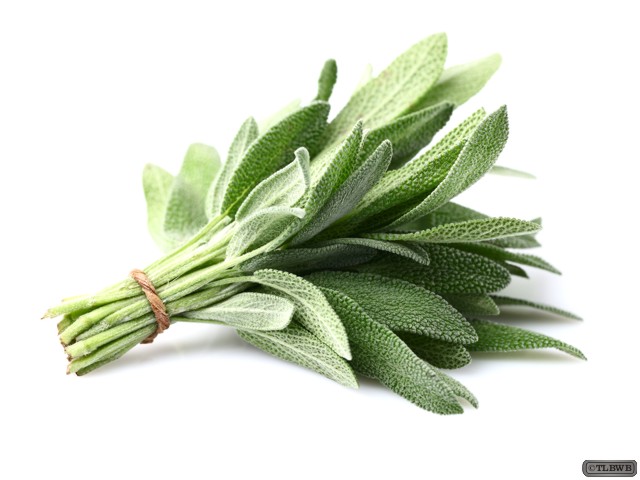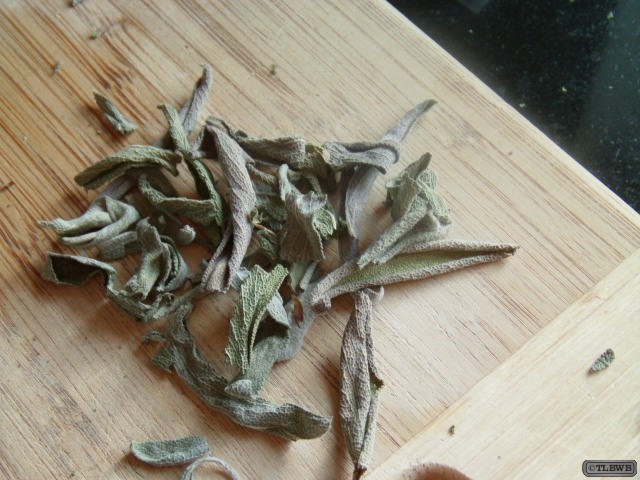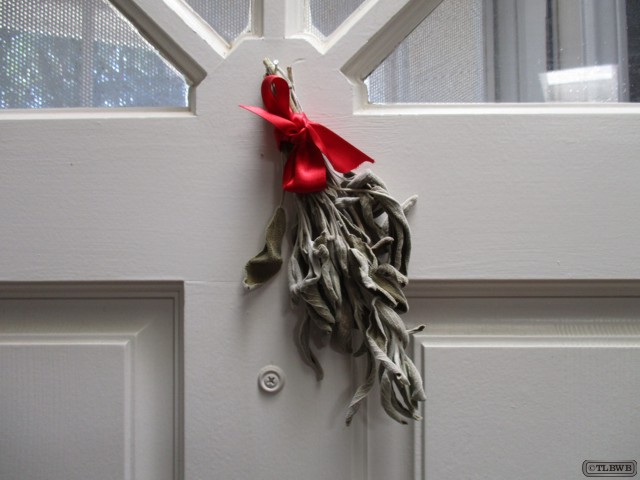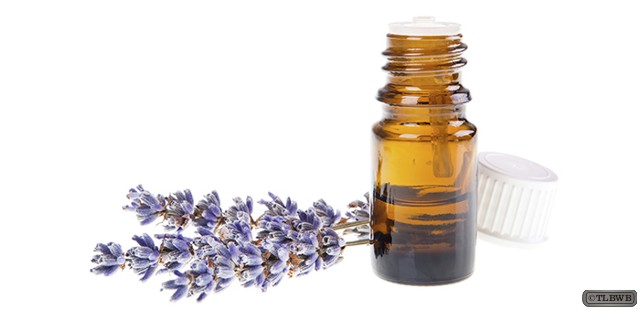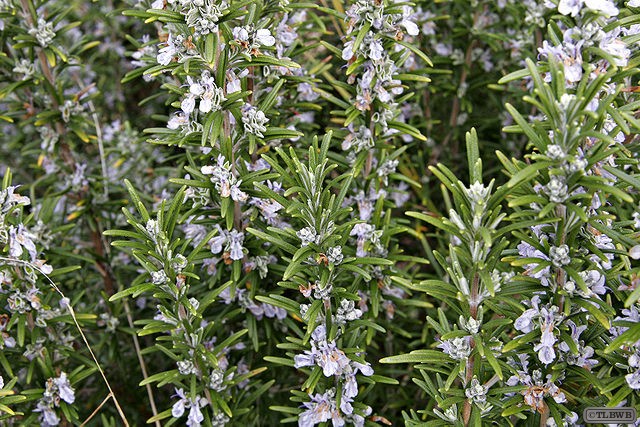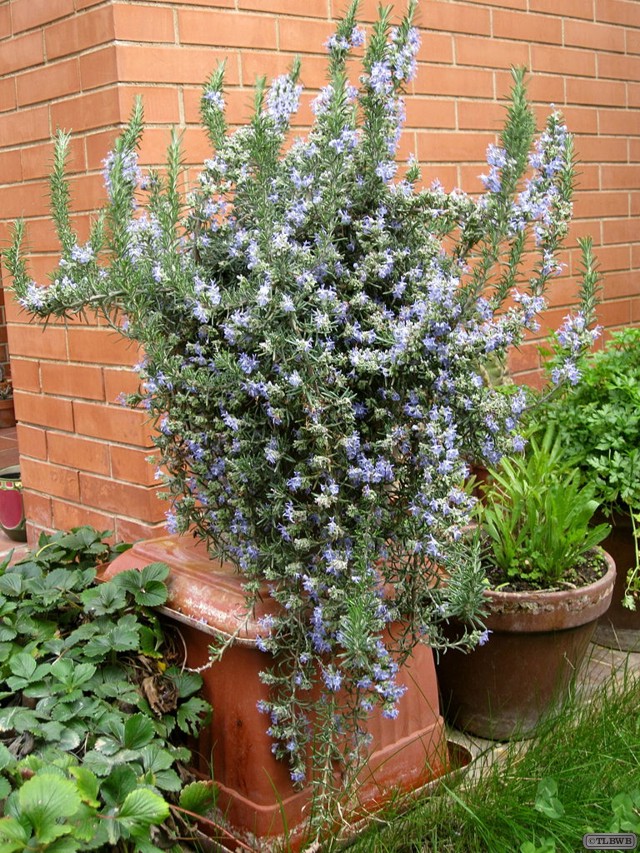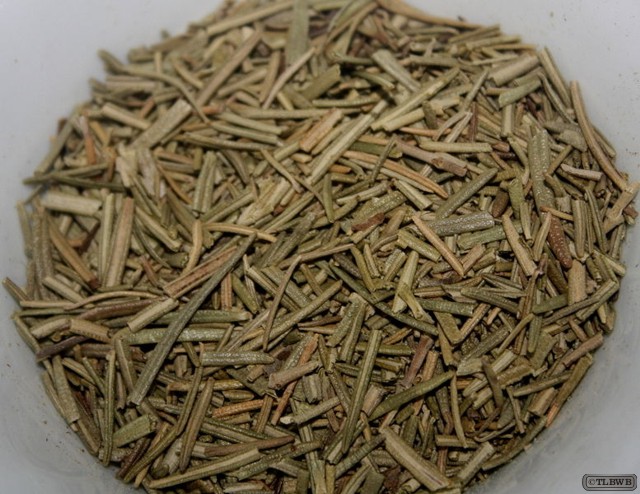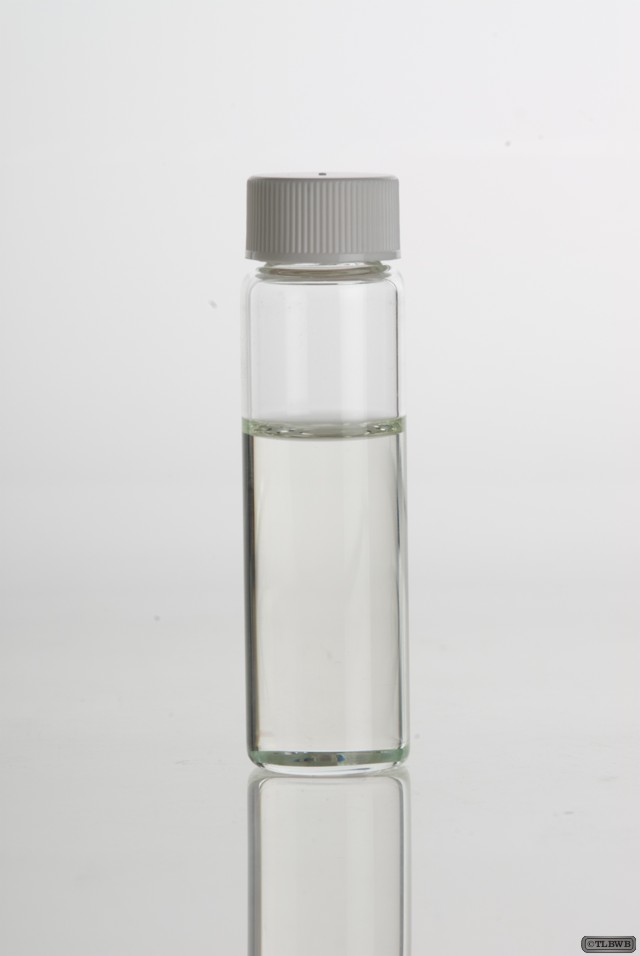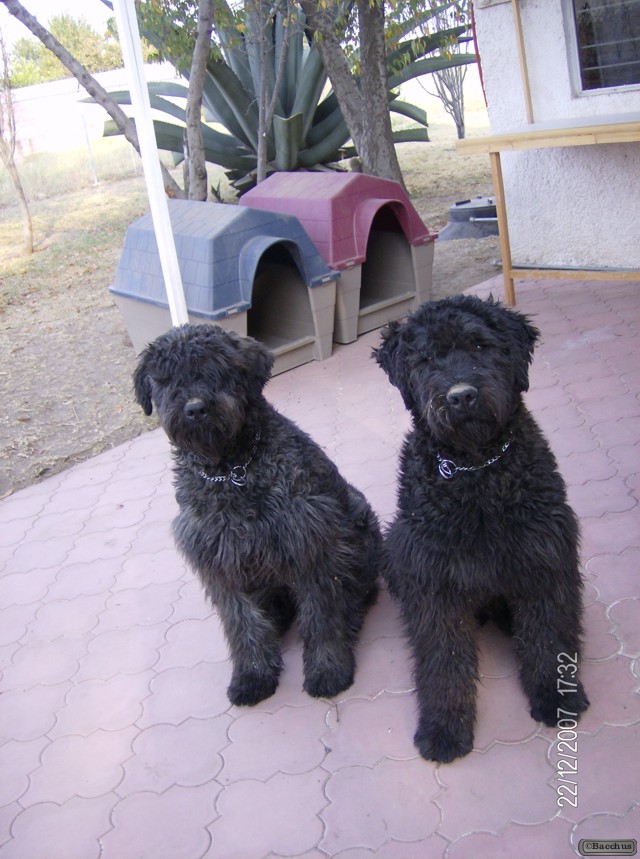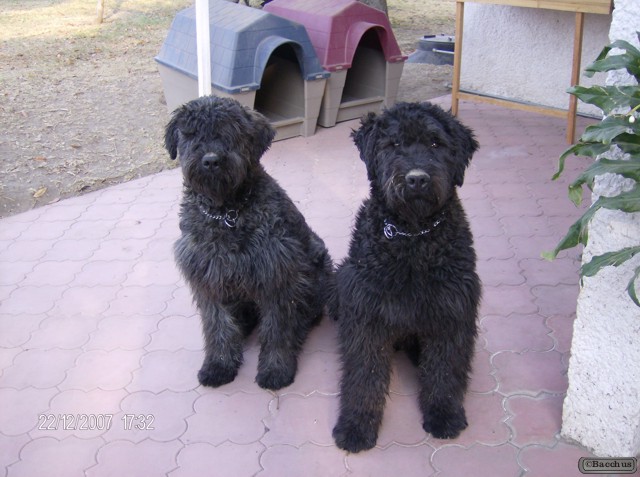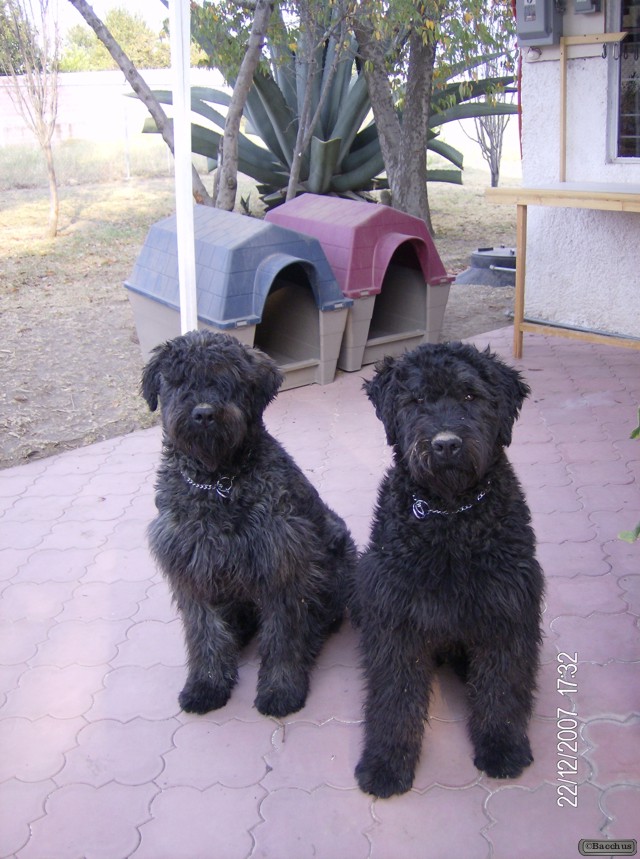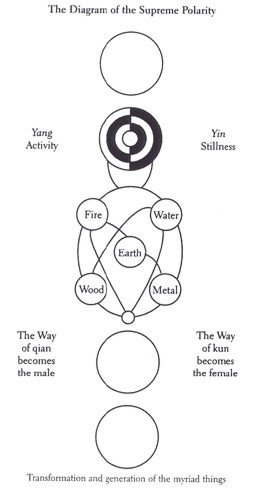Kung fu/Kungfu or Gung fu/Gongfu is a Chinese term referring to any study, learning, or practice that requires patience, energy, and time to complete, often used in the West to refer to Chinese martial arts. It is only in the late twentieth century, that this term was used in relation to Chinese martial arts by the Chinese community. The Oxford English Dictionary defines the term “kung-fu” as “a primarily unarmed Chinese martial art resembling karate.” This illustrates how the meaning of this term has been changed in English. The origin of this change can be attributed to the misunderstanding or mistranslation of the term through movie subtitles or dubbing.
In its original meaning, kung fu can refer to any skill achieved through hard work and practice, not necessarily martial arts. The Chinese literal equivalent of “Chinese martial art” would be zhongguó wushù.
In Chinese, gongfu is a compound of two words, combining (gong) meaning “work”, “achievement”, or “merit”, and (fu) which is alternately treated as being a word for “man” or as a particle or nominal suffix with diverse meanings (the same character is used to write both). A literal rendering of the first interpretation would be “achievement of man”, while the second is often described as “work and time/effort”. Its connotation is that of an accomplishment arrived at by great effort of time and energy. In Mandarin, when two “first tone” words such as gong and fu are combined, the second word often takes a neutral tone, in this case forming gongfu.
Originally, to practice kung fu did not just mean to practice Chinese martial arts. Instead, it referred to the process of one’s training – the strengthening of the body and the mind, the learning and the perfection of one’s skills – rather than to what was being trained. It refers to excellence achieved through long practice in any endeavor. This meaning can be traced to classical writings, especially those of Neo-Confucianism, which emphasize the importance of effort in education.
However, the phrase (kung fu wu shu) does exist in Chinese and could be (loosely) translated as “the skills of the martial arts”.
Luc Paquin
Salvia officinalis (sage, also called garden sage, or common sage) is a perennial, evergreen subshrub, with woody stems, grayish leaves, and blue to purplish flowers. It is a member of the family Lamiaceae and is native to the Mediterranean region, though it has naturalized in many places throughout the world. It has a long history of medicinal and culinary use, and in modern times as an ornamental garden plant.
Names
Salvia officinalis has numerous common names. Some of the best-known are sage, common sage, garden sage, golden sage, kitchen sage, true sage, culinary sage, Dalmatian sage, and broadleaf sage. Cultivated forms include purple sage and red sage. The specific epithet officinalis refers to plants with a well-established medicinal or culinary value.
Taxonomy
Salvia officinalis was described by Carl Linnaeus in 1753. It has been grown for centuries in the Old World for its food and healing properties, and was often described in old herbals for the many miraculous properties attributed to it. The specific epithet, officinalis, refers to the plant’s medicinal use – the officina was the traditional storeroom of a monastery where herbs and medicines were stored. Salvia officinalis has been classified under many other scientific names over the years, including six different names since 1940 alone. It is the type species for the genus Salvia.
The second most commonly used species of sage is Salvia lavandulaefolia, which shares a similar composition with Salvia officinalis, with the exception that lavandulaefolia contains very little of the potentially toxic GABAA receptor-antagonizing monoterpenoid thujone.
Uses
Culinary Use
In Britain, sage has for generations been listed as one of the essential herbs, along with parsley, rosemary and thyme (as in the folk song “Scarborough Fair”). It has a savory, slightly peppery flavor. It appears in many European cuisines, notably Italian, Balkan and Middle Eastern cookery. In Italian cuisine, it is an essential condiment for Saltimbocca and other dishes, favoured with fish. In British and American cooking, it is traditionally served as sage and onion stuffing, an accompaniment to roast turkey or chicken at Christmas or Thanksgiving Day. Other dishes include pork casserole, Sage Derby cheese and Lincolnshire sausages. Despite the common use of traditional and available herbs in French cuisine, sage never found favour there.
Essential Oil
Common sage is grown in parts of Europe for distillation of an essential oil, though other species such as Salvia fruticosa may also be harvested and distilled with it. The essential oil contains cineole, borneol, and thujone. Sage leaf contains tannic acid, oleic acid, ursonic acid, ursolic acid, carnosol, carnosic acid, fumaric acid, chlorogenic acid, caffeic acid, niacin, nicotinamide, flavones, flavonoid glycosides, and estrogenic substances.
Traditional Medicine
Salvia and “sage” are derived from the Latin salvere (to save), referring to the healing properties long attributed to the various Salvia species. It has been recommended at one time or another for virtually every ailment by various herbals.
In traditional Tamil Siddha medicine, sage (Karpooravalli) is used for respiratory ailments like asthma and alleviating nasal discharge associated with upper respiratory infections. Sage leaves are crushed in boiling water and the fumes are inhaled.
In traditional Austrian medicine, Salvia officinalis herb has been used internally (as tea or directly chewed) for treatment of disorders of the respiratory tract, mouth, gastrointestinal tract, and skin.
Investigations have taken place into using sage as a treatment for Alzheimer’s disease patients. Sage leaf extract may be effective and safe in the treatment of hyperlipidemia.
Health
A number of double-blind, placebo-controlled, randomized, balanced-crossover studies in healthy humans have demonstrated improved memory, attention/executive function, alertness and mood following single doses of cholinesterase-inhibiting sage extracts or essential oils. A single, double-blind, placebo-controlled trial in a small cohort of Alzheimer’s disease patients also demonstrated improved cognitive functioning and behavioral function (Clinical Dementia Rating) following a 16-week administration of a Salvia officinalis alcoholic tincture.
According to Peter Rogers’ team at Bristol University, researchers have concluded that extracts of sage can enhance cognitive performance. This was compared to the similar effect of the caffeine found in tea and coffee.
Wiccan
Sage has long been burned to purify and cleanse a space. The ancients burned dried sprigs of sage in temples and during religious rituals. The Greeks and Romans wrote that the smoke imparted wisdom and mental acuity. In magic, carry sage leaves in your wallet or purse to promote financial gain. Burn leaves to increase wisdom or gain guidance from your spirit guide (be warned – burning sage does smell similar to marijuana, so keep that in mind if you think the neighbors might be inquisitive). Make a wish and write it on a sage leaf, and then hide it beneath your pillow – if you dream about your wish over the next three nights, your wish will come true.
The Lost Bearded White Brother
Martial Arts and Spirituality
Your spirit shows itself when you stop putting things off. Without fearing what is about to happen, simply being in the moment, naturally. We’ve all had the experience of getting up in front of a crowd to give a talk or present something. Maybe we allowed ourselves to be intimidated by the crowd, kind of shinking inside of ourselves. Not being the best showman we could be. We didn’t have the “showman’s spirit”. We didn’t allow ourselves to do as well as we could. We just didn’t have enough “spirit” to make the best presentation we could. Spiritual practice’s are those that teach you to except what is happening and who you are in order to let yourself, your spirit, shine through. When you are coming from a spiritual place you are acting without fear, worry, doubt, or any kind of dependence on what will happen next, you are simply being you, right now.
Understanding spirit, and spirituality in this way; its connection to the martial arts is undeniable. Martial situations are ones that require strong spirit. If your spirit isn’t strong you’ll never get through extreme difficulty’s. If your spirit isn’t strong it’s impossible to come through tragedy and not be a victim. And for these very reasons Martial practices make wonderful training grounds for the spirit. Lending the martial arts to being a wonderful spiritual practice. Most religions and non-martial spiritual schools have to add practices in order to train the spirit. Challenges and difficulties must be faced in order to strengthen your spirit. Non-martial spiritual traditions add things like: abstinence, fasting, tithing, worship, routine, strict moralities etc. in order to challenge their practitioners. Martial practices however have a built in set of challenges: fighting, physical fatigue, and habitual practice are the necessities of a martial method. Practices like these make simple sense in the martial arts. You never have to ask, “why do I need to be in good physical shape”, “Why do I actually need to test my skills against someone”, or “why do I need to train so much”. The reasons are clear, if you want to be good, you’ll have to do these things. You must use your spirit to get through these rigors, this trains the spirit. It’s hard to hide behind lies, and clever excuses, if you’re not training hard, it’s clear that your spirit is not in the practice.
The great thing about spiritual training is that it will naturally start to spill over into the rest of your life. When you honestly take on training in the martial arts, you take on a spiritual practice that makes you a stronger person. Dealing with things directly and honestly starts to be much less challenging. When you willingly participate in physical conflict, dealing with the grumpy bus boy suddenly isn’t a big deal. When you force yourself to joyfully except vigorous exercise, doing yard work is no problem. A strong spirit is useful in all facets of life, and will do far more for you then make you a good fighter.
You must pay attention to this. You must actually make Spirituality a practice. If you fight simply because you’re mad, or “want too” you’re not training your spirit. You are simply giving in to an indulgence. If you show up at your Dojo and simply go through the motions, you’re not training your spirit. If you get excited and feed your ego every time you pin someone, or give them a big throw, complaining every time you are thrown, you’re not training your spirit. You must stay ever mindful, taking care in all of your training. This will make your practice something phenomenal. Something that will strengthen your spirit, and increase your martial ability. Eventually there will be no more “spirit of giving”, or “fighting spirit”, because everything you do will involve spirit. Giving you something we could all use a little more of in our lives, Joy.
Christopher Hein
Luc Paquin
About Oliver Sacks
Oliver Sacks, M.D. is a physician, a best-selling author, and a professor of neurology at the NYU School of Medicine. The New York Times has referred to him as “the poet laureate of medicine”.
He is best known for his collections of neurological case histories, including The Man who Mistook his Wife for a Hat, Musicophilia: Tales of Music and the Brain and An Anthropologist on Mars. Awakenings, his book about a group of patients who had survived the great encephalitis lethargica epidemic of the early twentieth century, inspired the 1990 Academy Award-nominated feature film starring Robert De Niro and Robin Williams.
Dr. Sacks is a frequent contributor to the New Yorker and the New York Review of Books.
Oliver Sacks
Norma
Martial Arts and Spirituality
Martial arts and spirituality. What does that even mean? This is a question almost all of us ask. But few of us ever get any real answers. Some say it’s mixing religions such as Christianity or Islam with martial arts. Some think it’s dressing up in flowing clothes, spouting koans, and seeming esoteric. Some say it’s simply, “a bunch of crap”.
However I believe It isn’t any of these things.
To understand the relationship between Martial arts and spiritually, you must first understand what each of them are on their own. Most of us pretty much understand, or at least have a clear concept of what the martial arts are. I’ll define it here as the study of physical conflict. But there are lots of reasonable definitions. Most of us have spent enough time with the martial arts, that we have a pretty clear definition, at least for ourselves. It’s spirituality that many of us have a hard time with.
To many, spirituality is simply going to church and reading the bible. While these things are spiritual things, they are part of a religion, and not the spirituality itself. A religion is a school of spirituality. The main goal of these schools is to put people in touch with their spirituality. The practices of a religion (prayer, bible reading, church services, worship etc.) are designed to put you in touch with your spirituality, but they are not the spirituality itself. By adding the practices of your religion to your martial arts, you are not working with spirituality, you are simply adding more practices. Which most martial arts systems already have more then enough of. Religion’s are to spirituality as Martial arts are to fighting. They are schools that point to a thing, but not the thing itself. Mixing the practices of a religion into your martial arts doesn’t train your spirit.
The trappings of spirituality are not the spirit. While different physical objects can help evoke your spirit, they are not the spirit itself. Wearing a Zen masters robes certainly does not make you a Zen master. Reciting words and incantations that you don’t understand does not make you a spiritual person. Seeming aloof and exotic to other people doesn’t do a thing for your spirituality either. It starts with you.Your spirit is at the very core of what you are. So how could you find it in things outside of yourself?
Because of our tendency to confuse spirit with practices and trappings, many of us come to the conclusion that spirituality is just a bunch of nonsense and doesn’t exist at all. However if you look to the normal instead of the extreme we can readily see examples of spirit in our daily lives. Some common indications of spirit are: “the spirit of giving”, “the Christmas spirit”, “Fighting spirit”, etc. We all understand these examples, and accept them with little doubt as to their existence. The reason is because we’ve all experienced them or seen them in our lives. We don’t think of these things as being different or special, they are just part of life.
Spirit is complete manifestation of true self. Let’s look at it in terms of “the spirit of giving”. Most all of us have been over taken by this at one time or another, and are quite familiar with it. We know that it is a feeling of joyful giving. It can seem almost addictive. You just start giving things, maybe even expensive or important things, to people you care about. Every part of you wants to give. Once you surrender to your spirit, everything seems to come together for you. The same can be said of “fighting spirit”. When someone has a strong fighting spirit, they except the fact that they are in the midst of struggle. In fact they happily engage, excepting what is happening, exhibiting a kind of joy. They do this even in the face of agony or defeat.
Christopher Hein
Luc Paquin
Rosmarinus officinalis, commonly known as rosemary, is a woody, perennial herb with fragrant, evergreen, needle-like leaves and white, pink, purple, or blue flowers, native to the Mediterranean region.
It is a member of the mint family Lamiaceae, which includes many other herbs. The name “rosemary” derives from the Latin for “dew” (ros) and “sea” (marinus), or “dew of the sea”. The plant is also sometimes called anthos, from the ancient Greek, meaning “flower”. Rosemary has a fibrous root system.
Description
Rosemary is an aromatic evergreen shrub that has leaves similar to hemlock needles. The leaves are used as a flavoring in foods such as stuffings and roast lamb, pork, chicken and turkey. It is native to the Mediterranean and Asia, but is reasonably hardy in cool climates. It can withstand droughts, surviving a severe lack of water for lengthy periods. Forms range from upright to trailing; the upright forms can reach 1.5 m tall, rarely 2 m. The leaves are evergreen, 2-4 cm long and 2-5 mm broad, green above, and white below, with dense, short, woolly hair. The plant flowers in spring and summer in temperate climates, but the plants can be in constant bloom in warm climates; flowers are white, pink, purple or deep blue. Rosemary also has a tendency to flower outside its normal flowering season; it has been known to flower as late as early December, and as early as mid-February.
Mythology
According to legend, it was draped around the Greek goddess Aphrodite when she rose from the sea, born of Uranus’s semen. The Virgin Mary is said to have spread her blue cloak over a white-blossomed rosemary bush when she was resting, and the flowers turned blue. The shrub then became known as the “Rose of Mary”.
Culinary Use
Fresh or dried leaves are used in traditional Italian cuisine. They have a bitter, astringent taste and a characteristic aroma which complements many cooked foods. Herbal tea can be made from the leaves. When roasted with meats or vegetables, the leaves impart a mustard-like aroma with an additional fragrance of charred wood compatible with barbecued foods.
In amounts typically used to flavor foods, such as one teaspoon (1 gram), rosemary provides no nutritional value. Rosemary extract has been shown to improve the shelf life and heat stability of omega 3-rich oils which are prone to rancidity.
Fragrance
Rosemary oil is used for purposes of fragrant bodily perfumes or to emit an aroma into a room. It is also burnt as incense, and used in shampoos and cleaning products.
Phytochemicals and Traditional Medicine
Rosemary contains a number of phytochemicals, including rosmarinic acid, camphor, caffeic acid, ursolic acid, betulinic acid, and the antioxidants carnosic acid and carnosol.
In traditional medicine of India, extracts and essential oil from flowers and leaves are used to treat a variety of disorders.
Folklore and Customs
In the Middle Ages, rosemary was associated with wedding ceremonies. The bride would wear a rosemary headpiece and the groom and wedding guests would all wear a sprig of rosemary. From this association with weddings, rosemary was thought to be a love charm.
In myths, rosemary has a reputation for improving memory and has been used as a symbol for remembrance during war commemorations and funerals in Europe and Australia. Mourners would throw it into graves as a symbol of remembrance for the dead. In Shakespeare’s Hamlet, Ophelia says, “There’s rosemary, that’s for remembrance.” (Hamlet, iv. 5.) In Australia, sprigs of rosemary are worn on ANZAC Day and sometimes Remembrance Day to signify remembrance; the herb grows wild on the Gallipoli Peninsula.
Hungary water was first prepared for the Queen of Hungary Elisabeth of Poland to ” … renovate vitality of paralyzed limbs … ” and to treat gout. It was used externally and prepared by mixing fresh rosemary tops into spirits of wine. Don Quixote (Part One, Chapter XVII) mixes it in his recipe of the miraculous balm of Fierabras.
Wiccan
Rosemary was well known to ancient practitioners. It was an herb known for strengthening the memory and helping the brain, and was often cultivated in kitchen gardens. Roman priests used rosemary as incense in religious ceremonies, and many cultures considered it a herb to use as protection from evil spirits and witches. In England, it was burned in the homes of those who had died from illness, and placed on coffins before the grave was filled with dirt. For magical use, burn rosemary to rid a home of negative energy, or as an incense while you meditate. Hang bundles on your front door to keep harmful people, like burglars, from entering.
The Lost Bearded White Brother
Joseph A. Adler
Penetrating the Classic of Change (Tongshu)
The Tongshu, in forty sections, focuses on the Sage as the model of humanity. Here Zhou Dunyi defines Sagehood in terms of “authenticity” (cheng), a term found prominently in the classical Confucian text, The Mean (Zhongyong). To be authentic is to be true to the innate goodness of one’s nature; to actualize one’s moral potential. Zhou defines authenticity in cosmological terms taken from the appendices to the Classic of Change (Yijing). In this way he uses the concept of authenticity to link cosmology and Confucian ethics. There is significant overlap between the Tongshu and theTaijitu shuo (above), especially in their discussions of activity and stillness as the basic expressions of yang and yin. But the Tongshu is less metaphysical; the emphasis here is on the moral psychology of the Sage.
1. Being authentic (cheng)
- Being authentic is the foundation of the Sage. “Great indeed is the originating [power] of Qian! The myriad things rely on it for their beginnings.” It is the source of being authentic. “The way of Qian is transformation, with each [thing] receiving its correct nature and endowment.” In this way authenticity is established. Being pure and flawless, it is perfectly good. Thus: “The alternation of yin and yang is called the Way. That which issues from it is good. That which fulfills it is human nature.” “Origination and development” are the penetration of authenticity; “adaptation and correctness” are the recovery of authenticity. Great indeed is change (yi)! It is the source of human nature and endowment.
2. Being authentic (cheng)
- Being a Sage is nothing more than being authentic. Being authentic is the foundation of the Five Constant [Virtues] and the source of the Hundred Practices. It is imperceptible when [one is] still, and perceptible when [one is] active; perfectly correct [in stillness] and clearly pervading [in activity]. When the Five Constants and Hundred Practices are not authentic, they are wrong; blocked by depravity and confusion.
- Therefore one who is authentic has no [need for] undertakings (shi). It is perfectly easy, yet difficult to practice; when one is determined and precise, there is no difficulty with it. Therefore [Confucius said], “If in one day one could subdue the self and return to ritual decorum, then all under Heaven would recover their humanity.”
3. Authenticity, Incipience, and Virtue (cheng ji de)
- In being authentic there is no deliberate action (wuwei). In incipience (ji) there is good and evil. As for the [Five Constant] Virtues, loving is called humaneness (ren), being right is called appropriateness (yi), being principled (li) is called ritual decorum (li), being penetrating is called wisdom (zhi), and preserving is called trustworthiness (hsin). One who is by nature like this, at ease like this, is called a Sage. One who recovers it and holds onto it is called a Worthy. One whose subtle signs of expression are imperceptible, and whose fullness is inexhaustible, is called Spiritual (shen).
4. Sagehood (sheng)
- That which is “completely silent and inactive” is authenticity. That which “penetrates when stimulated” is spirit (shen). That which is active but not yet formed, between existing and not existing, is incipient. Authenticity is of the essence (jing), and therefore clear. Spirit is responsive, and therefore mysterious. Incipience is subtle, and therefore obscure. One who is authentic, spiritual, and incipient is called a Sage.
5. Activity and Stillness (dong jing)
- Activity as the absence of stillness and stillness as the absence of activity characterize things (wu). Activity that is not [empirically] active and stillness that is not [empirically] still characterize spirit (shen). Being active and yet not active, still and yet not still, does not mean that [spirit] is neither active nor still. For while things do not [inter-]penetrate (tong), spirit subtly [penetrates/pervades] the myriad things.
- The yin of water is based in yang; the yang of fire is based in yin. The Five Phases are yin and yang; yin and yang are the Supreme Polarity. The Four Seasons revolve; the myriad things end and begin [again]. How undifferentiated! How extensive! And how inexhaustible!
6. Learning to be a Sage (sheng xue)
- [Someone asked:] “Can Sagehood be learned?” Reply: It can. “Are there essentials (yao)?” Reply: There are. “I beg to hear them.” Reply: To be unified (yi) is essential. To be unified is to have no desire. Without desire one is vacuous when still and direct in activity. Being vacuous when still, one will be clear (ming); being clear one will be penetrating (tong). Being direct in activity one will be impartial (gong); being impartial one will be all-embracing (pu). Being clear and penetrating, impartial and all-embracing, one is almost [a Sage].
Luc Paquin
Joseph A. Adler
“Diagram of the Supreme Polarity” (Taiji tu)
“Explanation of the Diagram of the Supreme Polarity” (Taijitu shuo)
- Non-polar (wuji) and yet Supreme Polarity (taiji)! The Supreme Polarity in activity generates yang; yet at the limit of activity it is still. In stillness it generates yin; yet at the limit of stillness it is also active. Activity and stillness alternate; each is the basis of the other. In distinguishing yin and yang, the Two Modes are thereby established.
- The alternation and combination of yang and yin generate water, fire, wood, metal, and earth. With these five [phases of] qi harmoniously arranged, the Four Seasons proceed through them. The Five Phases are simply yin and yang; yin and yang are simply the Supreme Polarity; the Supreme Polarity is fundamentally Non-polar. [Yet] in the generation of the Five Phases, each one has its nature.
- The reality of the Non-polar and the essence of the Two [Modes] and Five [Phases] mysteriously combine and coalesce. “The Way of Qian becomes the male; the Way of Kun becomes the female;” the two qi stimulate each other, transforming and generating the myriad things. The myriad things generate and regenerate, alternating and transforming without end.
- Only humans receive the finest and most spiritually efficacious [qi]. Once formed, they are born; when spirit (shen) is manifested, they have intelligence; when their five-fold natures are stimulated into activity, good and evil are distinguished and the myriad affairs ensue.
- The Sage settles these [affairs] with centrality, correctness, humaneness and rightness (the Way of the Sage is simply humaneness, rightness, centrality and correctness) and emphasizes stillness. (Without desire, [he is] therefore still.) In so doing he establishes the ultimate of humanity. Thus the Sage’s “virtue equals that of Heaven and Earth; his clarity equals that of the sun and moon; his timeliness equals that of the four seasons; his good fortune and bad fortune equal those of ghosts and spirits.” The superior person cultivates these and has good fortune. The inferior person rejects these and has bad fortune.
- Therefore [the Classic of Change says], “Establishing the Way of Heaven, [the Sages] speak of yin and yang; establishing the Way of Earth they speak of yielding and firm [hexagram lines]; establishing the Way of Humanity they speak of humaneness and rightness.” It also says, “[The Sage] investigates beginnings and follows them to their ends; therefore he understands death and birth.” Great indeed is [the Classic of] Change! Herein lies its perfection.
Luc Paquin
Dr. Oliver Sacks wrote and told many stories over the years about his patients’ struggles with disease and their feats in the face of extraordinary challenge. In one of them, he narrates how he used to greet aphasia patients by singing “Happy Birthday” to them, irrespective of whether it was their birthday or not. He did this because everyone knew the words of this song, and often even people who had lost their ability to speak could sing along parts of it. It was his kind way of letting a person with aphasia join in.
Today is the 82nd birthday of Dr. Sacks – a luminous mind, a celebrated writer, and a treasured board member of the National Aphasia Association. As many of you may have already heard, Dr. Sacks recently shared with the public that he has terminal cancer. The news has saddened many hearts, including ours here at the NAA. But today, on this special birthday, we wanted to celebrate with Dr. Sacks the years he has spent bringing to us the magic of science and medicine through his fascinating writing and language. And we wanted to thank him for his extraordinary kindness towards persons with aphasia. We have selected a few excerpts and videos where Dr. Sacks talks about Aphasia and his personal encounters with people who suffer from this devastating communication deficit.
Maybe the best place to start is an excerpt from The Man Who Mistook His Wife for a Hat, one of the most beloved books from Oliver Sacks, a collection of clinical tales about patients with neurological disorders. The book includes accounts about aphasia as well. One of those tales relates the story of patients with the severest receptive or global aphasia who had gathered to watch the President speaking. It begins like this:
- What was going on? A roar of laughter from the aphasia ward, just as the President’s speech was coming on, and they had all been so eager to hear the President speaking…
Dr. Sacks has had many encouraging words for people with aphasia, even those who have had the hardest of luck.
- I think that even in the most severely affected patients, something can be done. If not by way of recovering their language, by way of making life more tolerable and more fun.
In a 2009 interview with Harper’s Magazine about his book Musicophilia, Dr. Sacks answers questions about music therapy, among other things. He shares his experience with an aphasia patient for whom this type of therapy proved life changing.
- One sixty-seven-year-old man, aphasic for eighteen months – he could only produce meaningless grunts and had received three months of speech therapy without effect – started to produce words two days after beginning melodic intonation therapy; in two weeks, he had an effective vocabulary of a hundred words, and at six weeks, he could carry on “short, meaningful conversation”s.
In this video Oliver Sacks talks about a patient, a woman called Patricia, who had had a stroke that resulted in aphasia. Dr. Sacks recounts how her extraordinary will and ability to find a way around her communication deficits has inspired him to write about her.
Besides being touching stories about patients, these accounts also show the interest Dr. Sacks took in his patients, their problems, and the way disease affected their lives.
Happy Birthday, Dr. Sacks!
Norma

